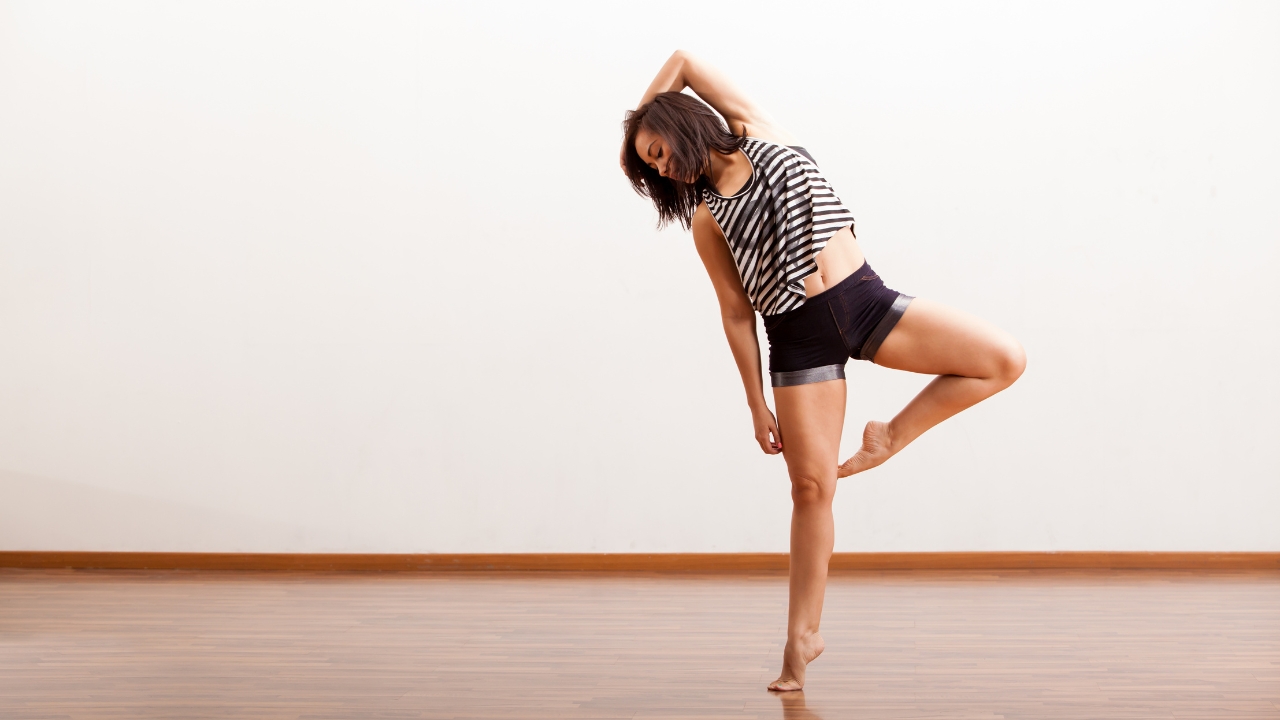Calling all dancers: 5 Clinical pilates exercises to help prevent injuries
As a dancer, your body is your instrument and keeping it in top condition is essential for preventing injuries and performing at your best. Clinical pilates exercises offer a safe, effective, and targeted way to prevent or rehab from a variety of injuries, as well as strengthen your body, improve posture, and enhance your performance.
Due to the the repetitive nature of the sport, dancers are at risk for a number of overuse injuries. Several studies have shown that dancers have a variety of muscular imbalances which places them at additional risk for injury, making it essential to supplement dance classes with additional training such as clinical pilates to mitigate the risk. By strengthening the core, improving balance and enhancing stability, dancers can reduce the risk of overuse injuries and improve their performance. Whether you’re a competitive dancer or simply enjoy moving your body to music, incorporating clinical pilates exercises can help you stay healthy, strong, and at the top of your game!
Below are few simple mat pilates exercises that you can do at home to build strength.
Bent Knee Fall-Outs
The first few exercises in this series focus on building deep core strength and lumbo-pelvic stability, which are essential for any style of dance and reducing the risk of injury.
Begin lying on your back with your feet together, pressing into the mat. Ensure your core is engaged and your rib cage relaxed. Keep your torso still throughout this exercise.
Ground through one foot to stabilize the pelvis, slowly bring the opposite knee to the side, allowing the hip to glide. Press into that foot to return the knee to the midline. Repeat the movement on the opposite side. Complete 10-12 reps in total.

Knee Floats
Begin lying on your back, feet hip distance apart, pressing into the mat. Engage your core, keeping the ribs and diaphragm relaxed.
Start by grounding through one foot to stabilize the pelvis. Float or bring the opposite leg so that it makes a tabletop position (i.e. perpendicular to the floor). Hold your torso and pelvis steady and return the leg back to the start position. Complete 10-12 reps in total.
Tip: Keep your glute muscles relaxed so that the movement comes from your core and hip flexors.

Toe Taps
Begin lying on your back with both legs in the air in a “90/90” position. Keep the rib cage relaxed and the core engaged. Slowly lower one leg, until your foot touches the floor. Tap your foot and then reverse the movement, returning to the “90/90” position. Repeat moving the opposite leg for 10-12 reps in total.
Tip: Initiate the movement from your hip, not from your knee or ankle.

Side Leg Lifts
This exercise is great for building hip abductor and oblique strength, as well as working on lumbopelvic stability, which can improve turns and any kind of single leg balance.
Begin in side-lying with the bottom leg bent and the top leg extended. Flex your ankle and toes, and make sure your pelvis is facing forward.
Stabilize your torso and pelvis and then reach through the leg and lift the top hip towards the ceiling while maintaining the alignment in the torso and hips. Slowly control the leg back to the start position. Repeat 10-12 reps on each side.
Tip: Only lift your leg through a range that does not compromise pelvic stability.

Oysters
Dancers, especially those trained in ballet often have strong hip external rotators from working in turn-out during classical repertoire. For these athletes, it is important to incorporate hip internal rotator strengthening to reduce strength imbalances and support their work in parallel positions.
Begin in side-lying with both knees bent. Keep your torso and pelvis stable on the mat.
Press the top knee into the other knee to initiate a spiral in the hip, which will allow the lower part of your leg to lift. Slowly control your leg back to the starting position. Repeat for 10-12 reps on each side.
Tip: Keep your foot in a neutral position and your core engaged throughout the exercise.

Consult your physiotherapist if you have any specific injuries or want a targeted program to address your specific needs. Thanks for reading!
Written by: Talia Berson








